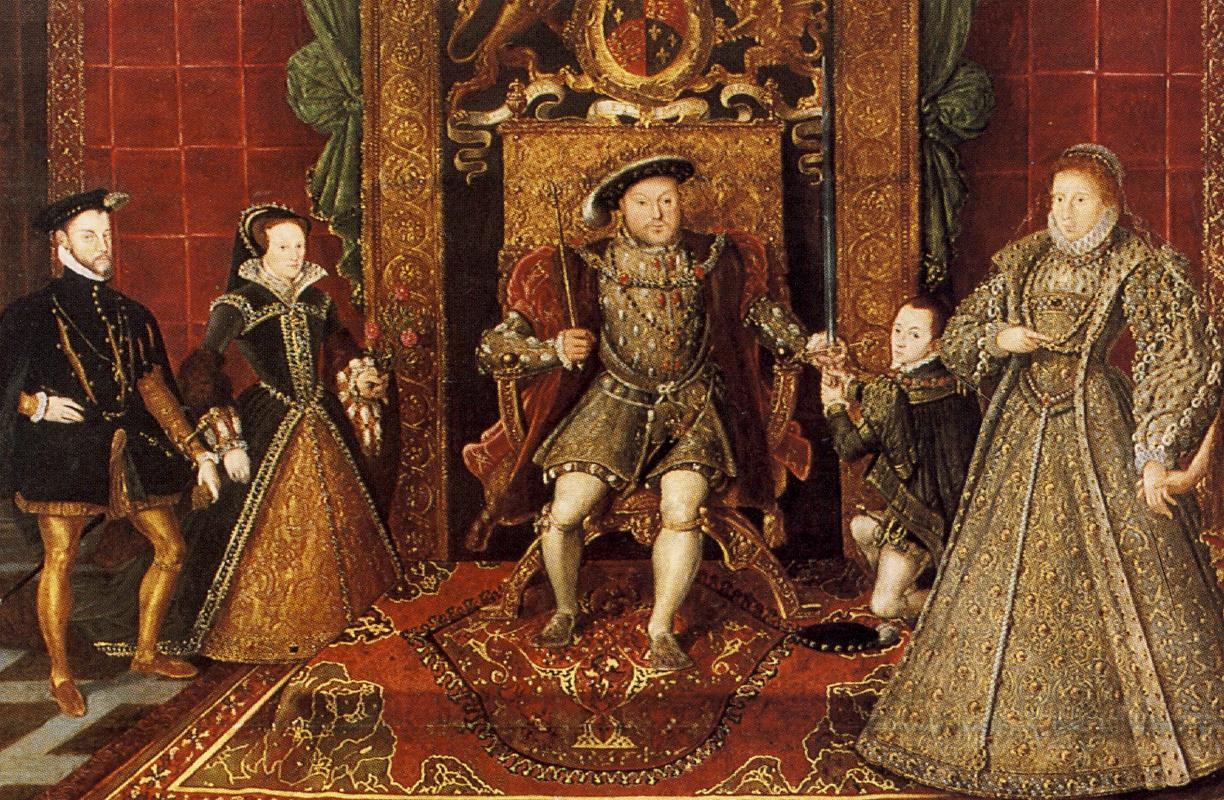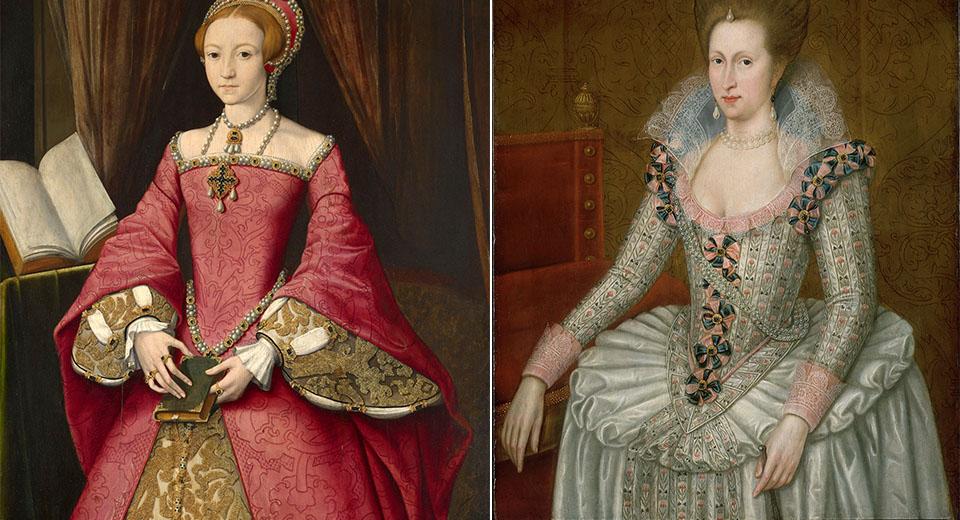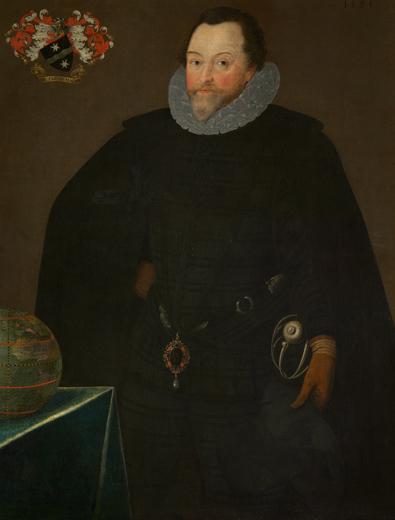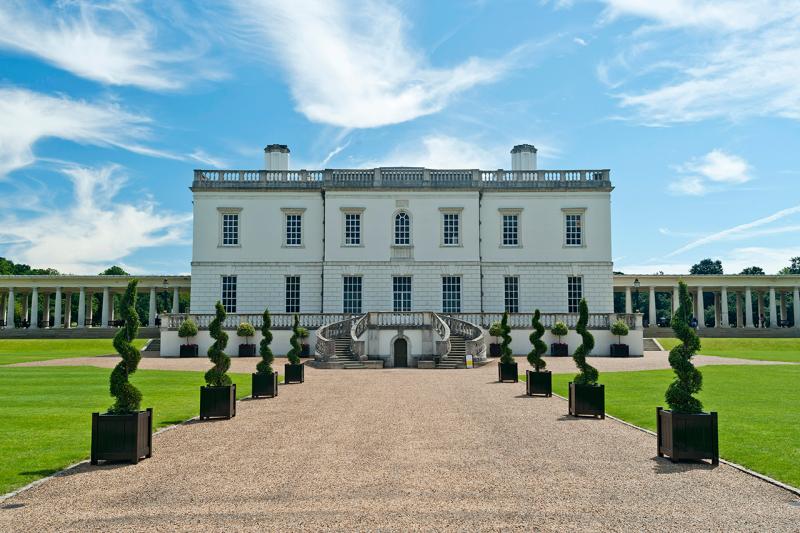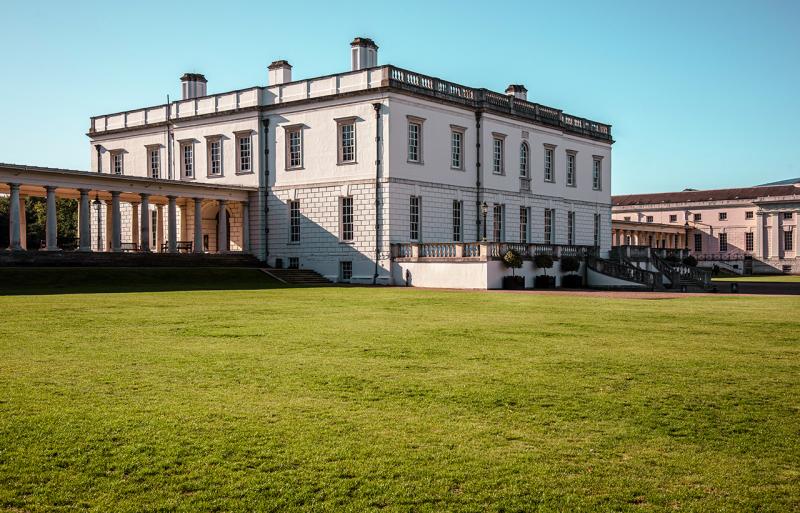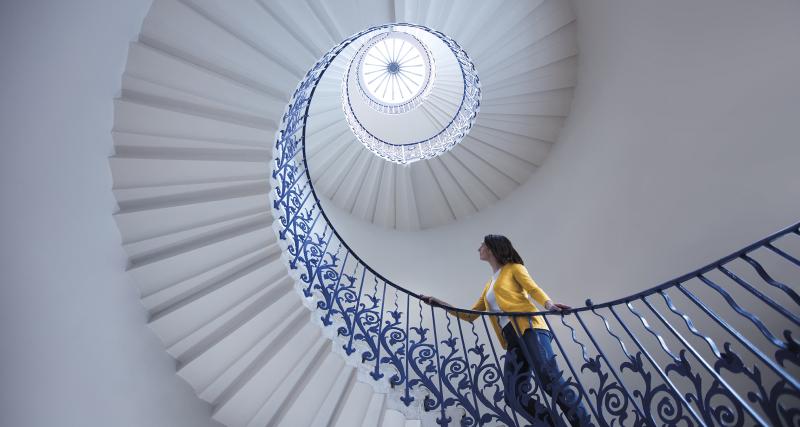
Tudor fashion
Do you know your Spanish farthingale from your Drum? Or your English hood from your French? Types of Tudor fashion evolved throughout the period.
What did the Tudors wear?
Our knowledge of how the Tudors dressed comes largely from the portraits that were made of the royal and noble members of Tudor society. Very few original garments have survived from this time, and the nature of portraiture has meant that our knowledge of what the average Tudor man or woman wore is very limited as only the rich and powerful could commission them. From early Tudor fashion to late, sumptuary laws controlled the clothing Tudor men and women could wear.
Fashion was also heavily influenced by the key players of the royal Tudor court. Wife of Prince Arthur and then his younger brother Henry VIII, Catherine of Aragon made her mark on the dress of English Tudor ladies, as did Henry's other wives and children.
What did Tudor women wear?
All Tudor women wore a linen shift, regardless of status. This could be washed and changed daily. The wealthier aristocratic women would demonstrate their status through their striking silhouette, highly-embellished outer layers, and headdress.
Farthingale
Catherine of Aragon introduced the Spanish farthingale to the English Court – a conical under-garment which gave structure to the wearer’s skirt.
From around the 1580s, the adult Elizabeth I popularised the Drum, or French farthingale. This exaggerated the female silhouette even more and was designed to display as much expensive fabric as possible in the skirt's numerous pleats, supporting up to 3m of fabric.
The boned structure looked like wheel extending from the waist, with occasionally a bum roll to make it more comfortable to wear. A busk would sit down close to the body to push up the back.
Dress
The bodice and skirt of a woman of the Tudor court would be made from exquisite fabric and embellished with precious jewels, ribbons and lace. Parts of the linen shift under garment would be visible - around the neck and on the cuffs. Catherine of Aragon set the trend of revealing blackwork embroidery on these parts of the shift, which was followed by the female Tudor nobility.
Hood
Sixteenth century women wore linen caps under their elaborate headwear which developed in style throughout the century and into Elizabeth I’s reign.
Catherine of Aragon wore the English hood, or gable, with its distinctive triangular framing of the face.
As the second wife of Henry VIII, Anne Boleyn popularised the French hood with its softer shape.
Jane Seymour, wife number three, reverted back to the English hood as a political move away from Anne Boleyn’s image.
Find out more about Henry VIII's wives
Did Elizabeth I wear thick white make up?
What did Tudor men wear?
Rich men wore white silk shirts, frilled at the neck and wrists. Over this they wore a doublet (a bit like a tight-fitting jacket), and close-fitting striped trousers (called hose).
Heavily starched and elaborately pleated ruffs were fashionable throughout the period. A specialist laundress was employed to clean the ruff daily.
As the Tudors ended with Elizabeth I and the Stuart era progressed, various kings would influence male fashion. For example, Charles II brought in the three-piece suit.
Learn about beauty in the Stuart era
Tudor sumptuary laws
Henry VIII saw sumptuary laws as an important way to enforce social hierarchy and authority. Four revisions of the Acts of Apparel prevented the common people from emulating the court. Only those in the elite of the social order were allowed to dress in a certain way.
Other than maintaining social order, these laws were a way of supporting the home market – in particular the textile trade.
Later in Elizabeth’s reign certain aspects of these restrictions were loosened through the growing import market.
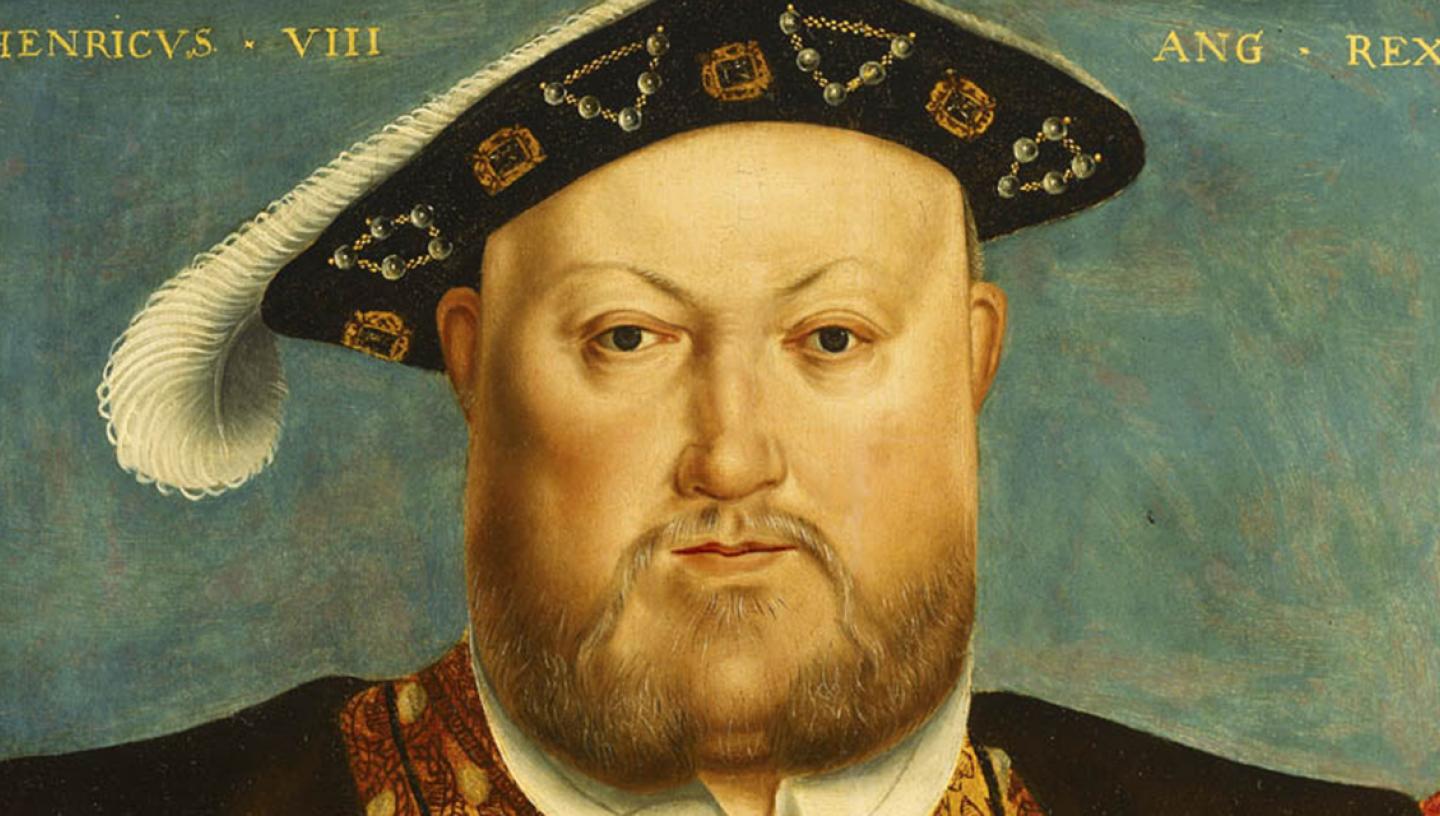
Tudors to Windsors: British Royal Portraits
Tudor colours
Sumptuary laws restricted the colours that Tudor men and women could wear. For example, Henry VIII and the rest of the royal family were the only ones who were permitted to wear purple.
However, Henry’s key colours we see represented in his portraits are red, gold, and black.
Elizabeth I developed a palette of black and white to symbolise her chastity and virginity.
Glossary of Tudor fashion terms
Farthingale (Spanish)
A skirt stiffened with hoops of progressively increasing circumference, worn as an undergarment to add volume to the skirt.
Farthingale (Drum or French)
A padded hoop worn around the waist to widen the skirts at the hip area, causing the skirt to drape.
Busk
A thin strip of baleen (whalebone), steel or wood worn to stiffen the front of a pair of stays or bodice.
Blackwork
Embroidery using black silk threads on white linen.
Hood (Gable or English)
A pointed headdress also known as a gable hood because its shape resembles the gable of a house. Typically worn with side panels and a black veil.
Hood (French)
Rounded hood worn over a coif (close fitting linen cap) with a jeweled crescent-shaped framework. Set back on the head revealing the hair at the front and usually worn with a veil.
Ruff
Collar or frill made from stiffened pleats or folds of linen attached to a neckband. Often constructed in layers and fixed in place using heated irons.
